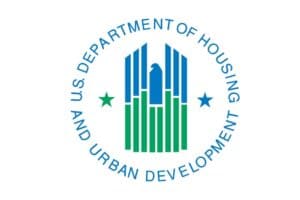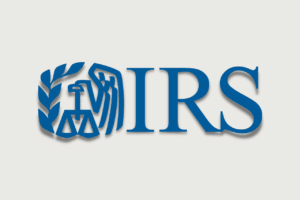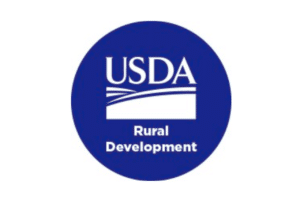News

New Executive Orders on Evictions, Foreclosures, Payroll Tax and Unemployment Compensation
Over the weekend, President Trump issued three COVID-19 related executive orders (EO) on “Deferring Payroll Tax Obligations,” “Providing Assistance to Renters and Homeowners” and “Other Needs Assistance Program.” The presidential action comes as Congressional and White House negotiations over the next COVID-19 aid package have stalled.

HUD to Resume REAC Inspections in October
HUD announced that it will begin Real Estate Assessment Center (REAC) inspections of HUD multifamily and public housing properties and units later this year. REAC will prioritize inspections in states and localities based on the latest COVID-19 data from Johns Hopkins University and health risk scoring methodology from the Harvard Global Health Institute.

COVID-19 Housing Provider Survey Due Aug. 18
The National Leased Housing Association (NLHA) has formulated a survey to collect data to further inform what impact the pandemic is having (both short-term and long-term) on housing providers and the rental market. A report will be produced to assess the negative impacts of COVID-19 on rental housing providers, which will be widely distributed. The deadline for completion is Tuesday, August 18.

Indiana Adds $15 Million to COVID-19 Rental Assistance Program, Moratoriums to Expire Aug. 14
Indiana Governor Eric Holcomb (R) recently announced that the state will allocate an additional $15 million to the COVID-19 Rental Assistance Program. Governor Holcomb also announced that he intends to allow the rental property eviction and foreclosure moratorium and ban on disconnecting utility services to expire on August 14.

HUD Updates Multifamily Q&A Document
On July 31, HUD issued its first update of its Q&A for Multifamily Housing programs since May 21. HUD’s Q&A document relays HUD’s guidance on operational and procedural questions related to the safe administration of HUD-assisted programs during COVID-19.

House Passes FY 2021 HUD Appropriations
Last week the House passed H.R. 7617, which provides fiscal year (FY) 2021 funding for six appropriations subcommittees, including HUD. The House bill is expected to provide adequate appropriations to renew existing Housing Choice Vouchers and Project-Based Rental Assistance, and provides increases for most programs, including the Community Development Block Grants, HOME Investment Partnerships Program (HOME), Section 202 and Section 811, which would also receive additional funding through emergency infrastructure investments. The bill also contains two amendments that would block the Trump Administration’s recent regulatory action on the Disparate Impact Rule and the Affirmatively Furthering Fair Housing (AFFH).

103 House Members Join Dear Colleague Letter to Leadership calling for LIHTC Provisions in the Next COVID-19 Aid Package
On July 31, a bipartisan group of 103 Representatives, including 44 Republicans and 59 Democrats, sent a letter to House leadership urging the inclusion of LIHTC priorities in the next COVID-19 response package.

HUD Releases New NSPIRE Inspection Standards
HUD released a fully updated set of NSPIRE Inspection Standards, version 1.3, which improves technical accuracy, relevance, clarity and better defines the applicability to HUD’s Housing Choice Voucher program. HUD welcomes public comments on all aspects of the standards. Feedback on the revised list of standards can be submitted here.

HUD Releases Post-Conversion Processing Guide
HUD has posted to the RAD Resource Desk a new “Post-Conversion Approval Processing Guide,” which provides information to Owners and PHAs on how to process post-closing issues that may arise after RAD conversion, some of which require HUD approval.

IRS Extends Deadline for Historic Substantial Rehabilitation Test
IRS recently published Notice 2020-58 which extends the measuring period used in satisfying the substantial rehabilitation (sub rehab) test requirement for historic tax credits. Projects with a 24- or 60-month measuring period ending on or after April 1, 2020, and before March 31, 2021, now have until March 31, 2021 to incur sufficient qualified rehabilitation expenditures to satisfy the sub rehab test.

Ernie Wetherbee Becomes First Director of RD’s Multifamily Housing Field Operation Division
Rural Development (RD) at USDA announced that, effective August 17, 2020, Ernie Wetherbee will become the first Director of RD’s Multifamily Housing’s new Field Operations Division. Wetherbee has extensive leadership experience at RD, including 11 years implementing Rural Housing programs in the field, which makes him uniquely qualified to take on this new position.

HUD HEROS Webinar on June 6
HUD Office of Environment and Energy will hold a webinar on its Environmental Review Online System at 1:00 pm ET on August 6. The webinar will quiz participants on frequently asked questions regarding the HUD Environmental Review Online System (HEROS) that users have submitted through the HUD Exchange Ask A Question portal, field offices, and other various outlets.